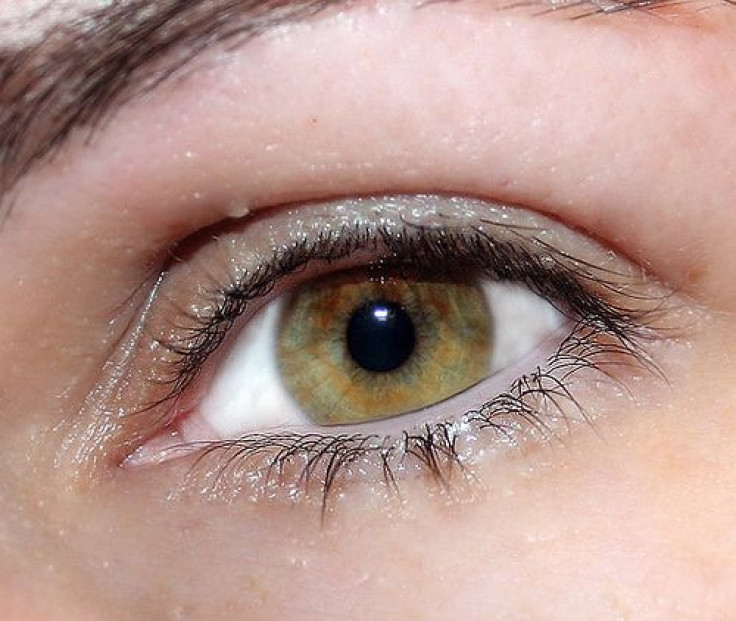Zebrafish May Soon Provide Insight in Understanding Human Eyesight

During Zeran Li’s matriculation through undergrad at Purdue University, she pioneered new studies that may soon be helpful in assisting optometrists in understanding vision problems that affect billions of children and adults worldwide.
With the help of zebrafish, Li, who is now pursuing a doctorate in neuroscience at Washington University, led a research team that discovered an enzyme’s role in the regulation of eye size. If the enzyme is comparable to enzymes in human eyes, research will be able to assist optometrists treating individuals who suffer from nearsightedness and farsightedness.
"Vision problems occur when the size or shape of the eye changes, and what causes this is unclear. Perhaps this research will lead to a better understanding of this mechanism and the discovery of a new treatment for these problems." Li, said.
According to Li, vision problems, which are more formerly known as refractive errors, occur when the physical length of the eye from the cornea or the retina is different from the optical length. When the eye is too long or too short, light is focused in from of or behind the retina and vision is blurred.
Zebrafish are widely used to study development and growth issues. The most common way to facilitate this observation is to make zebrafish transparent, by treating its embryos with a chemical called phenylthiourea that blocks the formation of black pigment. It was observed that zebrafish treated with phenylthiourea have smaller eyes compared to those who were not treated with this chemical. Additionally, the chemical also stimulates thyroid activity.
The thyroid produces hormones that regulate metabolism and influence growth. Initially Li believed the suppression of the thyroid hormone may be causing the reduction in eye size because phenylthiourea shares a similar structure to a particular thyroid hormone inhibitor. After testing her hypothesis using several known inhibitors, she found that not all had the same effect on eye growth. Only those that stopped the production of the enzyme thyroid peroxidase resulted in smaller eye size.
Yuk Fai Leung, a Purdue University assistant professor of biological sciences, supervised and guided Li and her other team members.
"The inspiration for this study came from the undergraduate students," he said in a statement. "Their observations and interpretations helped shape our current focus and allowed us to make this discovery. I'm very proud of the scientists they are becoming."
Li and her colleagues plans to continue their research regarding thyroid peroxidase and thyroid hormones on eye growth and its development along with assessing the effects of traditional Chinese medicines known to be beneficial for eye sight.
"Hopefully our efforts will expedite the discovery of novel treatments for human eye diseases," Leung said.
This study was published in PLoS One.



























